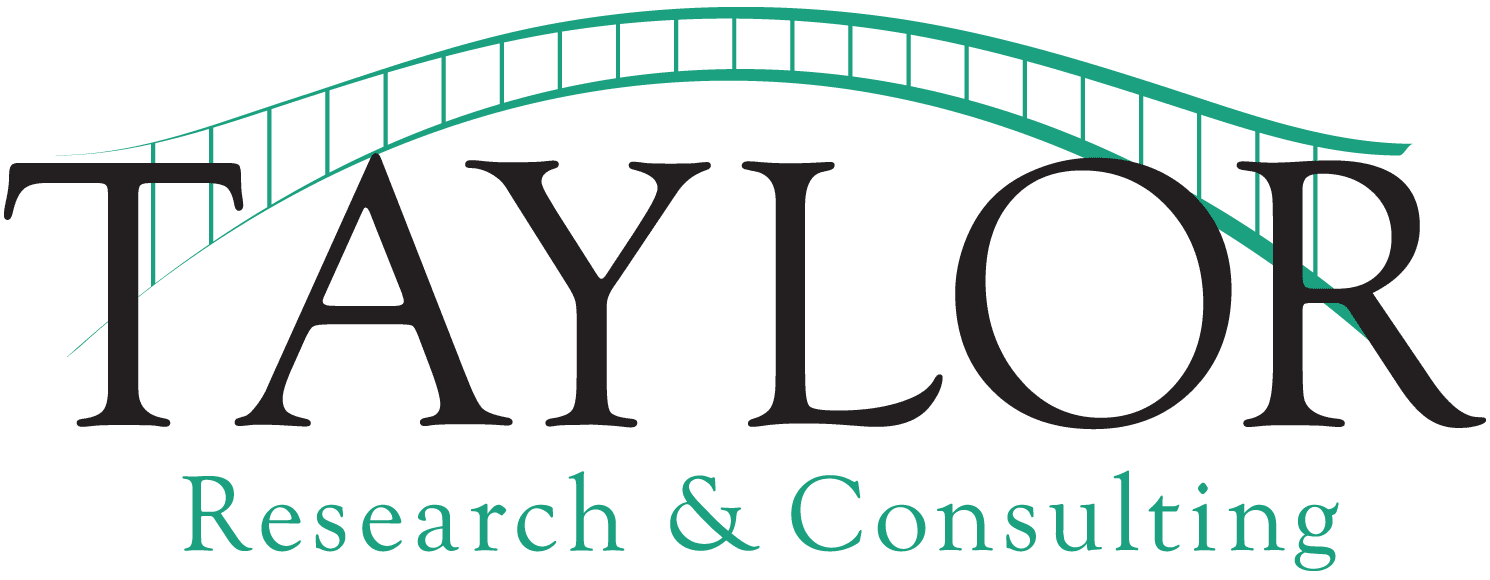Case Studies
Case Study No. 1: Ongoing Tracking Research in the Sports Industry
Case Study No. 2: Customer Satisfaction Work in the Communications Industry
Case Study No. 3: Helping Create Dynamic Publications for the Print Media Industry
Additional Case Studies by Industry
Customer service pain points: Explore our client’s customers’ needs, expectations, and pain points when it comes to their outreach to our client’s call center for phone support (i.e., live agent), including determining what tradeoffs subscribers are willing to accept in terms of quality, effectiveness, and efficiency of resolution when they reach out for assistance?
Retention and churn: A large-scale ongoing tracking study to gauge why and when customers disconnect their pay-TV service. Due to a rapidly changing marketplace—with dramatically increased competition, new technologies, new leading-edge applications and services—we’ve taken a step back to reassess why our client’s consumers behave the way they do.
K-12 science educator needs and interests: Help our client better understand the needs and interests of various school districts relating to science curricula for grades K-12— foundational, exploratory research to help our client prepare for an upcoming adoption cycle to maximize its chances for success in pursuing it.
Needs-based segmentation: A segmentation study to help our client increase awareness of their brand and products, grow business opportunities (i.e., sales, engagement, etc.) among existing customers and prospects alike, and strengthen the brand via more effective market communication and messaging—achieve all of the above by focusing the marketing effort on a segmented basis—that is, tailoring communication, products, distribution, etc., to the different needs and interests of key segments.
Corporate image print advertising campaign: Research in support of the development of a corporate image advertising campaign designed to improve viewers’ image of the pharmaceutical industry broadly, and our client specifically.
Product development: An international, qualitative-research study (Argentina, China, and India) to support product development for a new glucometer concept from a major, international medical-device manufacturer. Multiple focus groups conducted across these markets among both medical doctors and diabetics directed the client’s refinement of its device design while assessing price sensitivity.
International traveler micro-campaign: A focus group study to better understand how well various credit card campaign positionings resonate among Family & International Traveler sub-segments, and to identify ways to clarify and improve relevance, in preparation for a quantitative study designed to rank the relative appeal of the refined product adcepts.
Distribution and delivery strategy: We’ve conducted industrywide strategic research examining retail insurance practices, examining customer preferences for delivery channels, the effects of life events on purchase behavior, and the effect of advisory relationships on purchase behavior and satisfaction with providers.




